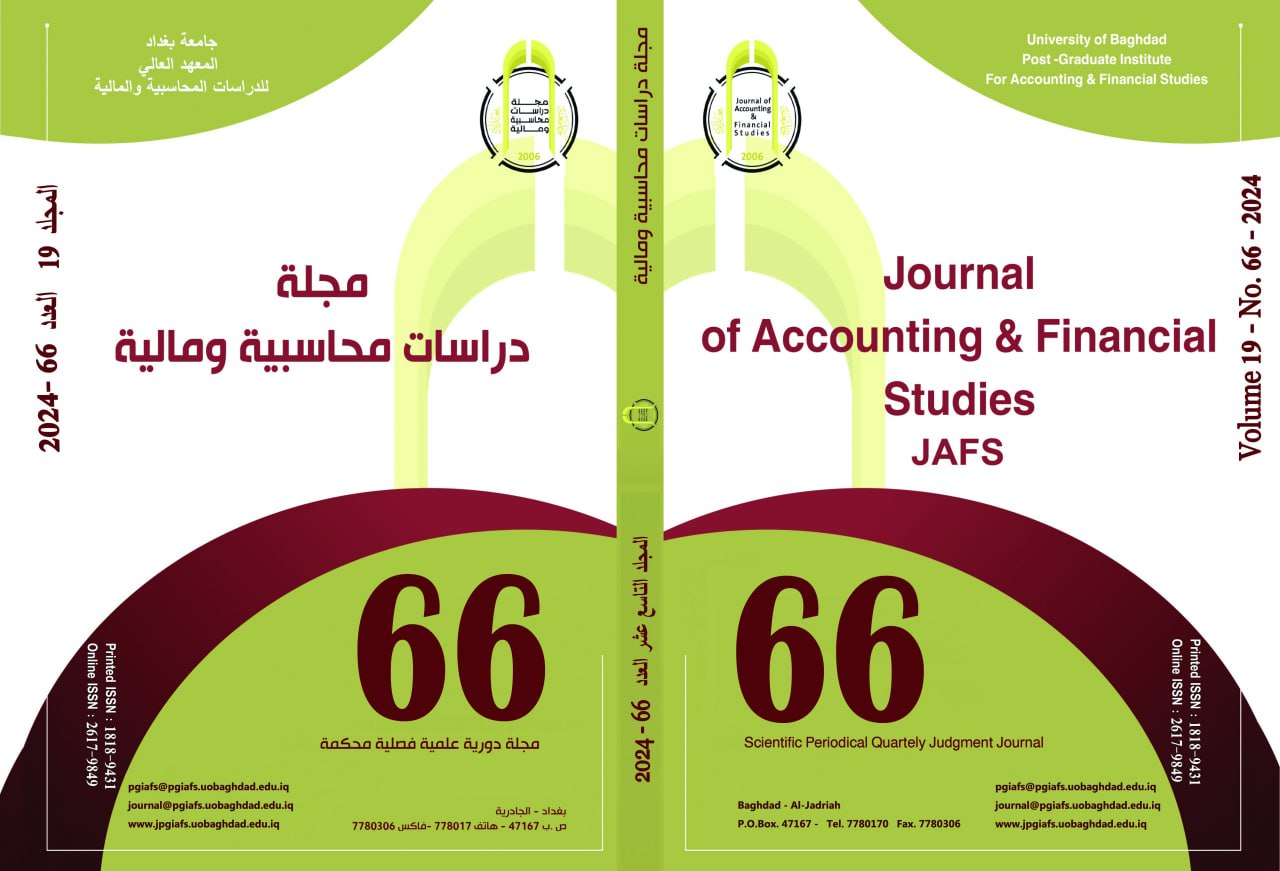Applying the independence and objectivity standard (1100) for internal auditing and its impact on the external auditor’s procedures
DOI:
https://doi.org/10.34093/0ey8c279Keywords:
Standard of independence and objectivity, Internal audit, External auditorAbstract
Abstract:
Internal audit may gain its importance as the first line of oversight for the activities of government units in Iraq and how its administration disposes of the resources entrusted to it and the extent to which it achieves the goals it seeks to achieve. Given the importance of government units and their influential role in achieving their goals, strengthening the independence of this function is achieved by applying the standard of independence and objectivity. For international internal auditing, a field study was conducted by distributing a survey list to employees working in the internal audit divisions in government units represented by the education directorates in Baghdad, in order to measure the application of the internal audit independence standard in those directorates, and the results of the study reached the relative application of this standard with There are gaps in the application of the standard of independence and objectivity for international internal auditing, and the study concluded with several recommendations, the most prominent of which is the need for senior management to impose an obligation to apply this standard in government units and the need for the Federal Office of Financial Supervision to oblige internal auditors in government units to adhere to the application of the standard of independence and objectivity for audit units. The interior.
Downloads
Published
Issue
Section
License
The copyright is transferred to the journal when the researcher is notified of the acceptance of his research submitted for publication in the journal.



